Graduate Alumni on the Web
2020's

Sadaf Pournia PhD 2021 University of Cincinnati, Postdoc at Duke University Materials Science. Staff Member Intel.

Amin Dashti Moghaddam PhD (2019). Manager Data Scientist, Capital One Bank, San Francisco.
2010's
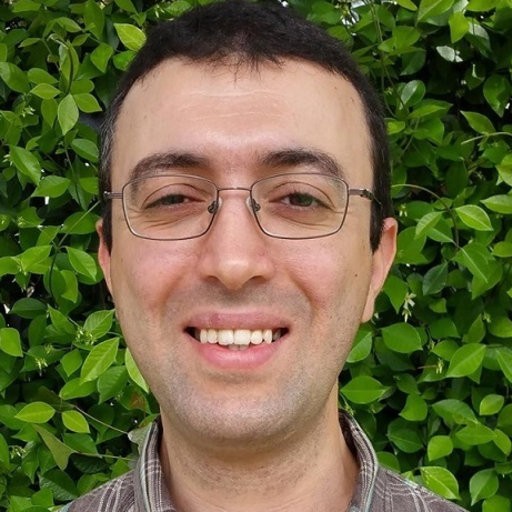
Mohammad "Max" Montazeri. PhD (2013) University of Cincinnati, Postdoc UCLA Electrical Engineering (2013), Senior Software Development Engineering Infinera (2016), Machine Learning Engineer Intel (2018), Machine Learning Engineer Meta (2021).
Mohammad "Max" Montazeri received his PhD in 2013 with research into the electronic structure of semiconductor nanowires. He was mentored by Leigh M. Smith and Howard E. Jackson. He was a postdoc at UCLA in Electrical Engineering looking at magnetic systems beginning in 2013, and then was a Senior Software Engineer at Infinera beginning in 2016. He went to Intel as a Machine Learning Engineer in 2018 and moved to Meta in 2021.
Replace this text component with your accordion's content.
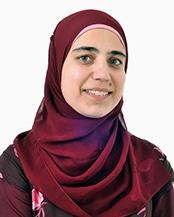
Randa Asad American University of Sharjah.
Randa Asad received her MS (2008) and PhD (2012) under the mentorship of Margaret Hanson.
Associate Professor of Physics and Astronomy, American University of Sharjah, United Arab Emirates.
2000's
1990's
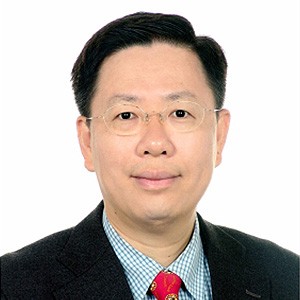
Din Ping Tsai PhD (1990).
Din Ping Tsai received his PhD in Physics at the University of Cincinnati in 1990. He was mentored by Howard E. Jackson. He was distinguished Professor of Physics at National Taiwan University, and is now Chair Professor of Electrical Engineering at the City University of Hong Kong. He is a Fellow of APS, AAAS, COS, EMA, IEEE, JSAP, NAI, OSA, SPIE, PST, and AAIA.
City University of Hong Kong Page
1980's
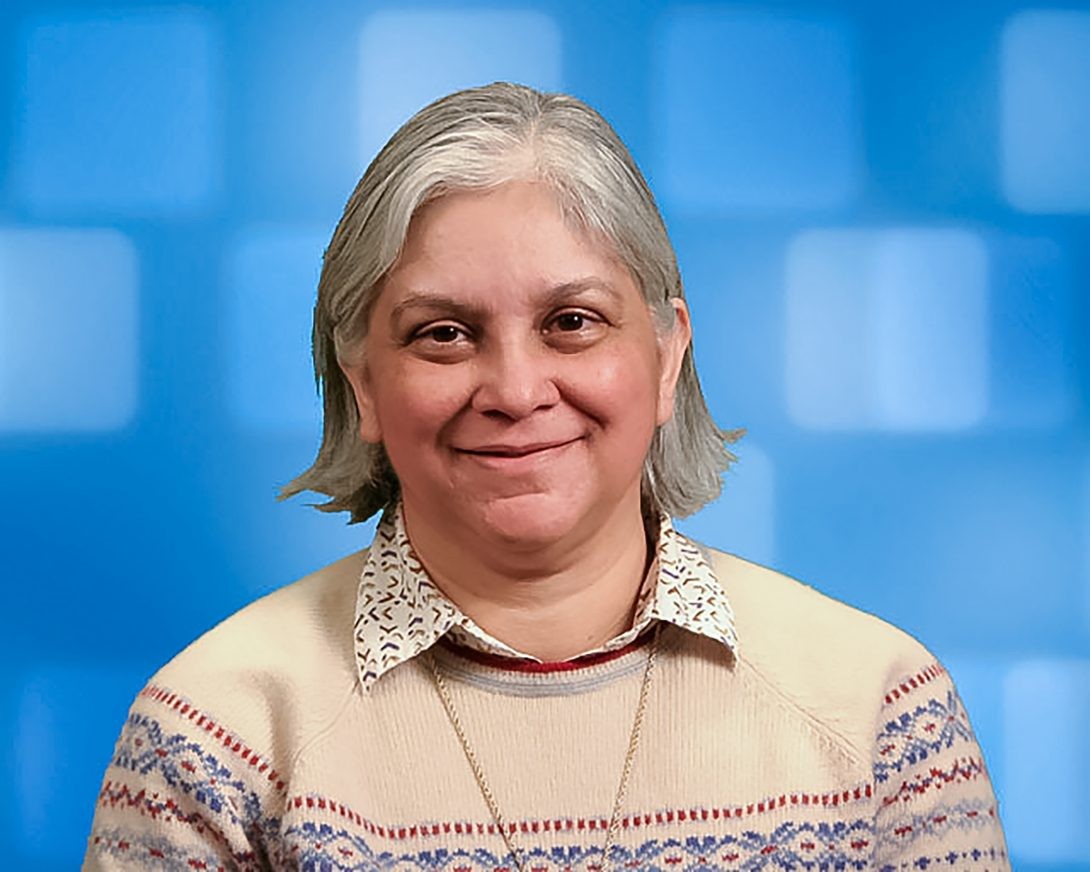
Mitra Dutta PhD 1981, Distinguished Professor Electrical and Computer Engineering, University of Illinois Chicago
Mitra Dutta received her PhD in Condensed Matter Physics at the University of Cincinnati in 1981. She worked with and was mentored by Howard Jackson. She was a postdoc at Purdue University and City College of New Yoek, and a visiting researcher at Brookhaven National Labs, before joining the Army Research Laboratory in 1986. She became a program director of the Army Research Office in 1999. She is a distinguished Professor in the Department of Computer and Electrical Engineering at the University of Illinois Chicago, and served as Vice President for Research. She is a Fellow of the APS, AAAS, IEEE, Optica, and the Army Research Laboratory.
Distinguished Professor Electrical and Computer Engineering, UIC
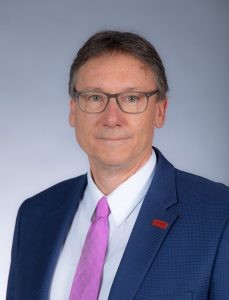
Duane Johnson DOE Ames Laboratory and Iowa State University, Distinguished Professor of Materials Science, Physics and Engineering.
Duane Johnson received his BS in Physics in 1980 at the University of Cincinnati. He worked with Frank Pinski in Computational Physics spending one year at Oak Ridge National Laboratory and completed his PhD in 1985. He took postdoctoral positions at the University of Bristol and then the Naval Research Laboratory before beginning a research staff position at Sandia National Laboratories in 1988. In 1997 he became Professor of Materials Science and Engineering and Physics at the University of Illinois. He then became the Chief Research Officer at DOE Ames National Laboratory in 2010 and was named the F. Wendell Miller Professor in Materials Science and Engineering. He was named a Fellow of the APS in 2003.
Materials Science, Iowa State University, Distinguished Professor
1970's
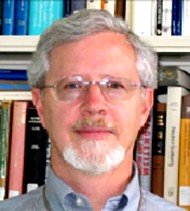
Joe D. Thompson PhD (1975) Laboratory Fellow Los Alamos National Laboratory
Joe D. Thompson received his PhD in 1975 from t he University of Cincinnati. His research was on Flux Motion and Pinning in Superconductors and was mentored by Bill Joiner. He was a postdoc at Los Alamos National Laboratory and later was named a Laboratory fellow. He is best known for his work on Heavy Fermion Superconductivity and Strongly Correlated Electron Systems. He is a Fellow of the APS and AAAS and was named by the Institute for Scientific Information as one of the top 150 most frequently cited physicists in the world.
Before 1970
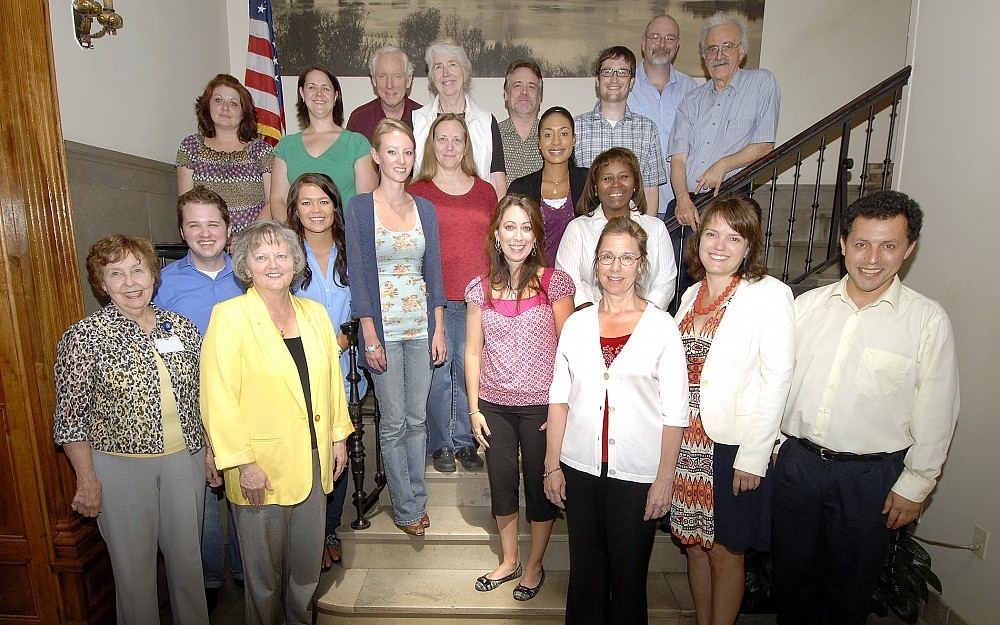
Eugene Somoza (back right) addiction research group.
Eugene Somoza received his BS in Physics from the University of Chicago in 1961. He received his PhD in 1968 under the direction of Henry Fenichel. He was a faculty member at West Virginia University for two years and then moved to the American University in Beruit until the mid-1970's. He received his MD in 1980 from Universidad Autonoma De Madrid Facultad De Medicina and specialized in Neurology. Since 1991 he has been at the VA Hospital in Cincinnati and a faculty member at Universitat de València and in 2001 has also been a faculty member in Psychiatry at the University of Cincinnati. He is a well known expert in addiction research, receiving over $36 million in funding from the National Institutes of Health from 2001 to 2010.
Somoza presides over impressive clinical trials
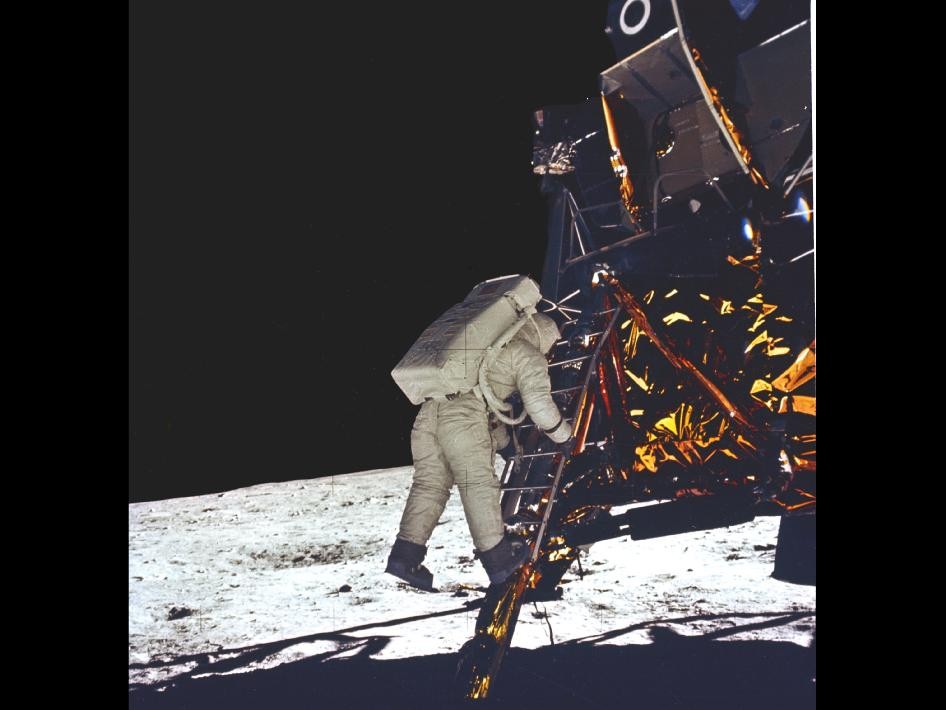
Apollo 11 Landing.
George Sherard, Jr grew up in Cincinnati and went to Walnut Hills High and received his BS in Physics from the University of Cincinnati in (1940). After talking to Herman Branson (an african american graduate student and Boris Podolsky) he decided to continue working towards a PhD in Physics. Unfortunately, World War II intervened and so he quickly finished his MS in Physics and went to New Jersey to work on signal processing. The link below has excerpts from his history working with the Apollo program at NASA.
Oral history of his work with NASA/Apollo Missions and GE Aerospace

Cover of NASA History of the Centaur Rocket and Liquid Hydrogen 1958-2002.
Interview with Dunholter about Paul Herget.
Wall of Honor, Smithsonian Air and Space Museum.
NASA History of development of Liquid Hydrogen as Propellant
Remarks on Dunholter by Paul Herget in AIP Oral History
Report on Strength of Materials at Cryogenic Temperatures, WPAFB/General Dynamics
Taming Liquid Hydrogen: The Centaur Upper Stage Rocket 1958-2002
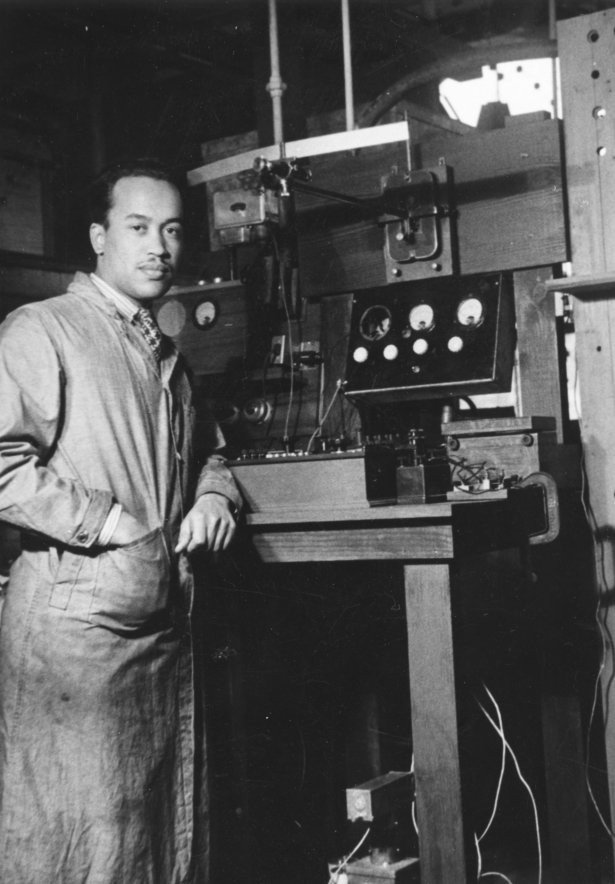
Herman Branson as graduate student at the University of Cincinnati in 1939.
Herman Branson attended college first in 1932 at the University of Pittsburgh wanting to go to Medical School. After finishing premedical studies in two years, he was refused admission to the Medical College, and so in 1934 went to all black Virginia State College majoring in Physics. Herman Branson came to the Department of Physics soon after Boris Podolsky arrived in 1936. He received his PhD in 1939 (in only three years!) and was the fifth African American Physicist to receive a PhD. Branson was Professor and Head of the Department of Physics at Howard University (1941-1968), and later president of Lincoln University (1970-1985). In his first sabbatical in 1948 he spent time with Linus Pauling and made essential contributions to determining the structure of the Alpha Helix from x-ray data. He was on the first Alpha Helix paper. Linus Pauling eventually won the Nobel Prize for his work in this paper and six others.
Wikipedia entry. Branson Biography in African American Lives, edited by Henry Louis Gates
American Crystalographic Association
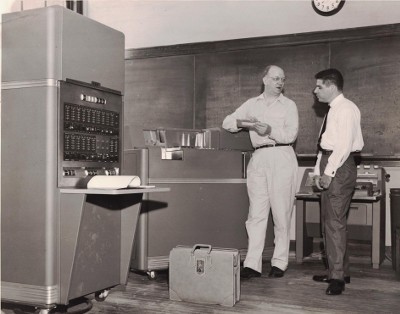
Paul Herget with first UC Mainframe Computer (circa 1958).
Paul Herget was born in OTR and attended Withrow High School in Cincinnati and after several years went to UC and received his BA degree in Mathematics. After graduating he took a job at the Cincinnati Observatory and went to graduate school part time. He was highly skilled in numerical calculations. By 1933 while he received his MA degree in Mathematics he considered himself an astronomer. His PhD thesis was on the calculation of orbits using vectors, with all the calculations done by hand. After spending one year at UC Berkeley he returned to UC taking a faculty position with primary appointment at Cincinnati Observatory. He was the director of the minor planet center at the Cincinnati Observatory from 1947 to 1978. He was considered a primary instigator of computational physics, eventually bringing the first IBM mainframe to Cincinnati in 1958 (see picture above). He was a member of the National Academy of Sciences winning the James Craig Watson Medal in 1965. He was interviewed by the AIP (see below) describing his many years of effort in developing computational techniques.
History and Obituary, National Academy of Sciences. Wikipedia entry
Website of his Life and Work. Early Influence on Computational Physics
1965 NAS James Craig Watson Medal
AIP Oral History, Part 1. AIP Oral History, Part 2
New York Times Obituary, August 29, 1981. Physics Today Obituary, January 1982.
50th Anniversary at UC of First Computer. Cincinnati History of Paul Herget